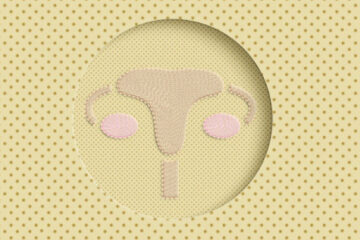Relative Energy Deficiency in Sport (RED-S) is when the body is not taking in enough energy to meet the demands placed by the amount of exercise being performed (1). This means there is an energy mismatch (you are burning more energy than you are consuming) and it ultimately leads not only to insufficient energy for peak sports performance but also to insufficient energy to maintain optimal health, with a range of body functions being affected.
There are various negative consequences from RED-S and this includes:
- Impaired growth and development
- Impairment of other endocrine systems
- Poor repair, regeneration tissue and maintenance (increased stress fractures)
- Menstrual disturbance (missing menstrual periods)
- Impaired recovery and athletic fatigue
- Inability to achieve maximum adaptation to training
Relative Energy Deficiency Symptoms to be aware of:
- Injuries such as stress fractures
- Missed menstrual periods
- Impotence in men
- Weight Loss/Gain
- Recurrent illnesses e.g. colds and flu’s
- Decreased sports performance
- Mood Changes
- Delayed/disordered growth/development (children and teenagers)
- Iron deficiency
- Severe RED-S can affect the heart.
The link between RED-S and sports performance
RED-S negatively affects sports performance in a number of ways. Firstly there is reduced energy available for muscle to work efficiently which leads to an increased rate of fatigue.
This is followed by an increase of cortisol (stress hormones) in the body as well as reduced testosterone production – this leads to a decrease in muscle size and strength. This influences the body’s ability to supply enough energy for follow-up training sessions, and increases the risk of overtraining and chronic fatigue.
Energy is required to adapt to training and to get the most out of your session. However if there is low energy availability, muscle and cardiovascular adaptation and growth can’t occur as effectively which leads to a decrease in training adaptations.
Finally, there is increased injury risk. If there is not enough energy for basic physiological functioning, repairing injuries is not a priority for the body and it leads to a slow repair and recovery rate, ultimately leading to longer-term injuries.
Long term health risks?
Unfortunately, there are multiple long term health risks associated with RED-S including osteoporosis and fertility if not picked up early. As most of our bone density is formed during our teenage years, reduced bone formation in adolescence or early adulthood can lead to long term problems with bone
Addressing RED-S early on is extremely important as it is reversible (thankfully!).
How is it treated?
Every athlete is treated individually depending on what they are experiencing. The most important aspect is to address the mismatch between energy intake and energy expenditure. There is no single best diet, and each athlete’s needs will be different depending on their sport, lifestyle and dietary preferences/requirements. In general, adequate calcium and Vitamin D intake to support bone health, and adequate energy and protein to support exercise and recovery are key factors.
Get in touch with our sports dietitian & nutritionist to make sure you are fuelling efficiently!
By Jenaed Brodell, Registered Dietitian
References
Mountjoy M, Sundgot-Borgen JK, Burke LM, Ackerman KE, Blauwet C, Constantini N, Lebrun C, Lundy B, Melin AK, Meyer NL, Sherman RT, Tenforde AS, Klungland Torstveit M, Budgett R. IOC consensus statement on relative energy deficiency in sport (RED-S): 2018 update. Br J Sports Med. 2018 Jun;52(11):687-697. doi: 10.1136/bjsports-2018-099193. PMID: 29773536.
Mountjoy, M., Sundgot-Borgen, J., Burke, L., Carter, S., Constantini, N., Lebrun, C., … & Ljungqvist, A. (2014). The IOC consensus statement: beyond the female athlete triad—relative energy deficiency in sport (RED-S). British journal of sports medicine, 48(7), 491-497.







